
18.05.2023
Francis Alÿs. Children’s Games, 1999-2022
Open until September 17, 2023
Museo Universitario de Arte Contemporáneo, CDMX
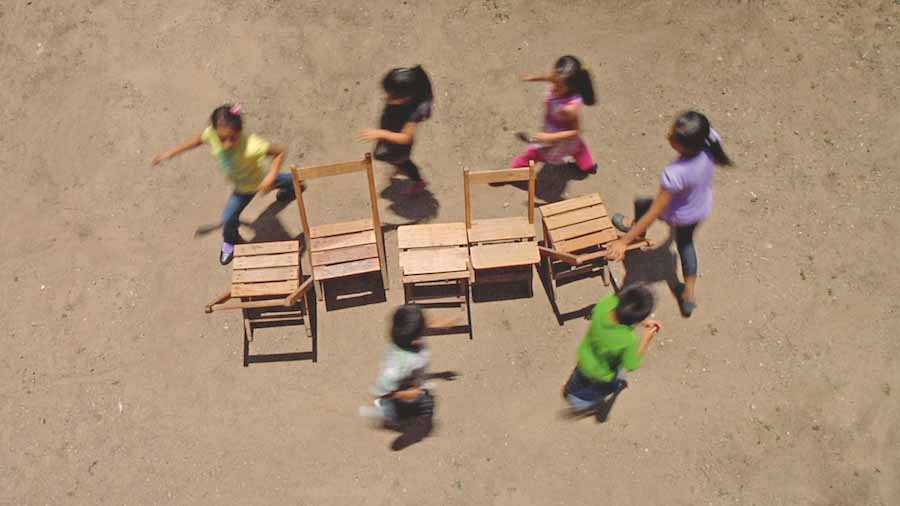
Since its inception, ludology—the discipline that studies games and play activities—has evolved to become not only the study of games but also the analysis of their impact as a cultural, social and psychological phenomenon. In recent decades there has been great interest in the academic study of games from social sciences, humanities, art and computer science. The Museo Universitario Arte Contemporáneo (MUAC) inaugurated an exhibition by Francis Alÿs in which viewers can analyze children’s play. Rooms 5, 6 and 9 were transformed into recreational spaces in which children’s laughter reminds us of the intrinsic beauty of play.
The artist Francys Alÿs (Antwerp, 1959) has been fascinated by children’s games for several decades. This interest led him to record on video different forms of play in cities around the world. Children’s Games is a series of 34 videos captured from 1999 to 2022, showing children of different ages playing street games alone or in groups. In 1990, Alÿs began walking the streets of Mexico City recording activities that, at first glance, might border on the absurd. However, his body of work is composed of metaphors for social and political issues masked as nonsense. Some can be interpreted as a reflection of human behavior, always from the point of view of leisure, contemplation and play. His works serve as records of a poetic reality that coexists with the accelerated pace of today’s society. In Children’s Games, the artist tries to rescue the playful activities of children in public spaces—forms of interaction that are increasingly rare due to the violence in some cities and the entertainment offered by mobile devices and video consoles.
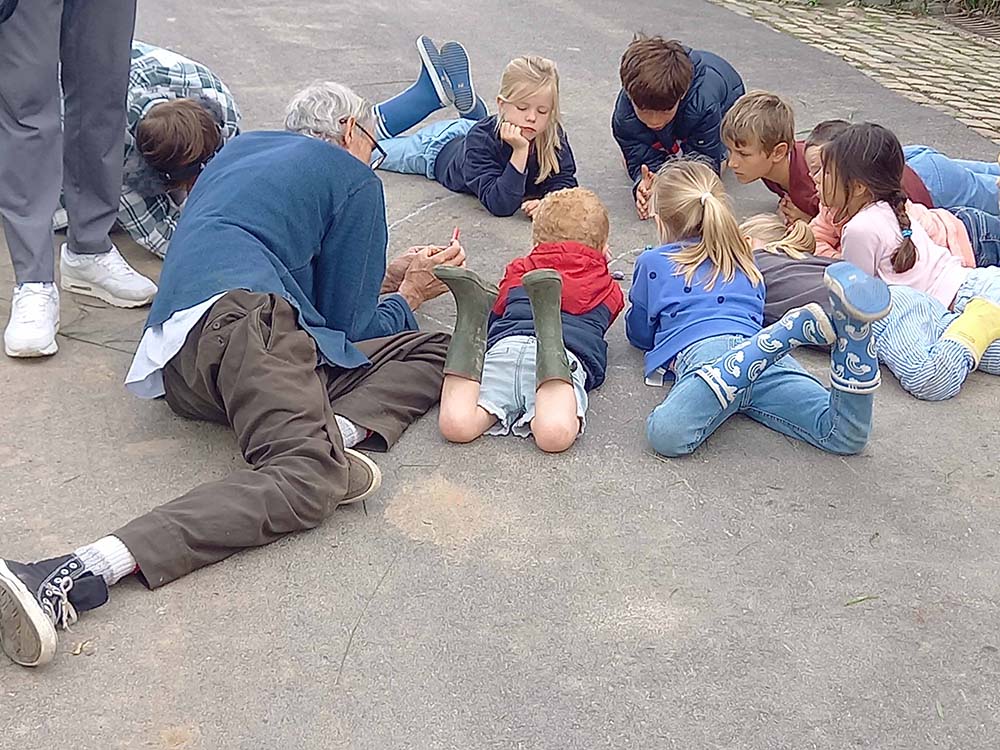
Play is a human activity with profound relevance to the species, but play is not unique to our civilizations. Animals play games of which we humans do not know the rules, but it is clear to us when a couple of dogs adopt a playful attitude. “PLAY is older than culture, for culture, however inadequately defined, always presupposes human society, and animals have not waited for man to teach them their playing.”1 A game is an activity formalized through a series of rules that delimit the field of action. It is a regulatory system that constrains the infinite possibilities when playing so that the participants coexist in a framework of common interaction. “A game is a system in which players engage in an artificial conflict, defined by rules, that results in a quantifiable outcome”.2 So one can play without restriction until a written or oral rulebook is posed that formalizes the activity into a specific game. Many of the videos in the series are records of children playing,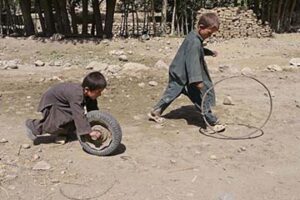 such as La roue, in which a child throws himself off a slope into a tire; or Saltamontes, in which children mutilate insects before throwing them into the air to prevent them from escaping. Both are games without rules in which the most important thing is fun.
such as La roue, in which a child throws himself off a slope into a tire; or Saltamontes, in which children mutilate insects before throwing them into the air to prevent them from escaping. Both are games without rules in which the most important thing is fun.
Alÿs reflects that: “children’s games are like that: the moment you step out of the rules of the game, the children will not fail to let you know. Sometimes the rules are not well defined, but there is a clear limit between being in or out”.3 From Ludology,4 it is pointed out that all games can be divided into two categories: ortho-games and non-ortho-games. The prefix ortho is of Greek origin and means “straight, correct or right”. The right or correct games are those that allow to determine who is the winner of the game. They are the most formalized or systematized games in a set of rules. The videos in the series that, in my opinion, capture the most representative orthogames are: Kisolo, belonging to the ancient tradition of “mancala” games, in which the harvest is alluded to by depositing and collecting stones in concave spaces; Rubi, in which two opponents face each other by controlling a marble with their fingers in a kind of mini soccer; and, finally, Knucklebones, a game of skill that refers to matatena in which two Indian children throw and pick up stones with surprising dexterity. In these games, at the end of the game it is possible to determine who is the winner and the level of dexterity mastered by the players. On the other hand, non-ortho-games are those in which the players’ performance is not classified into skill levels, and they end when the participants decide it is time to stop and not when the winning conditions have been reached. Most children’s games belong to the latter category.
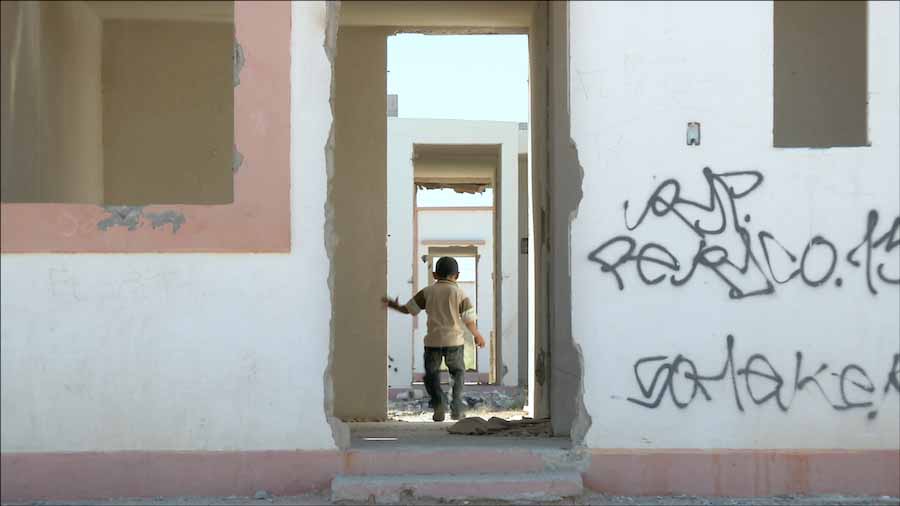
As I walked through the rooms curated by Cuauhtémoc Medina and Virginia Roy, watching the children playing in the street, dancing, jumping and laughing in harmony, I thought of the relationship established by the historian Johan Huizinga between play and aesthetics:
The record of these children’s games serves as a testimony of how deeply rooted the playful activity is for human societies, since the game is an act that Huizinga himself relates to sacred rituals and places of worship. The video of children playing Imbu in the Congo is a sample of this ritual and magical characteristic of games: every afternoon a group of children hypnotize a column of mosquitoes with their singing in order to kill them. “The court, the tennis court, the place marked on the pavement for the children’s game of heaven and hell and the chessboard are not different, formally, from the temple nor from the magic circle.”6 The idea of the “magic circle” refers to the fact that, when a group of people gather to play, a space is created apart from the real world. Within this circle, the rules of the game are valid and actions have a different meaning than they would have in everyday life.
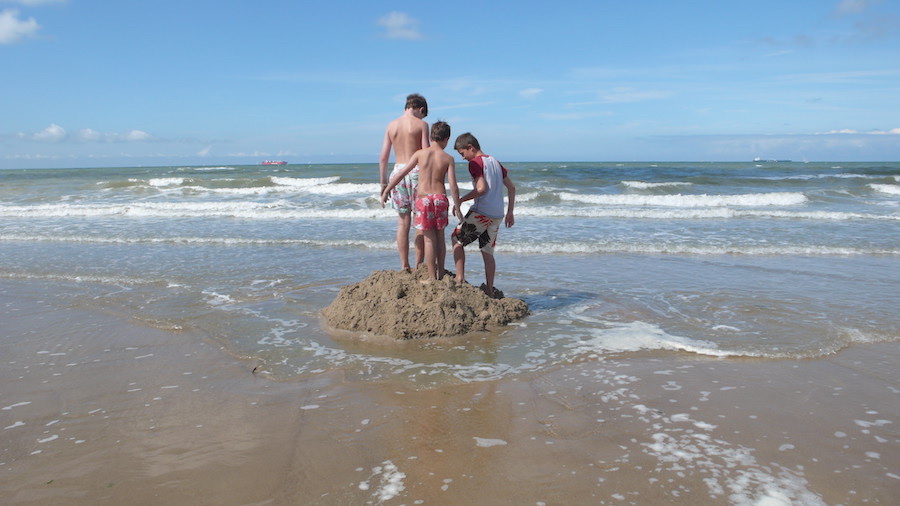
In the 3rd shot of an open-shot, the temporary housing of a refugee camp in Iraq is visible, but in the foreground are the laughter and enjoyment of a group of children alternating to make their journey from the underworld to heaven in the game Hopscotch. In an abandoned housing area in Ciudad Juarez, the children chase each other with broken Mirrors in their hands. They play at shooting each other with reflections, recreating the violence that has displaced them from their homes by bathing their bodies in sunlight. A group of children play a little game on the streets of Iraq. In Haram Football, the game is an act of open rebellion, the boys circumvent the prohibition that the Islamic State imposed on soccer by playing with a ball that not even the cruelest dictatorship could puncture, an imaginary one. Like a ritual, the game is an act of ordering, through its rules chaos is momentarily removed. “Here is another positive feature of play: it creates order, it is order. It brings to the imperfect world and to the confused life a provisional and limited perfection”.7 The magic circle dissolves and the children return to their realities, but even if they do not know it, their game is a political act that reorders the world with each game.
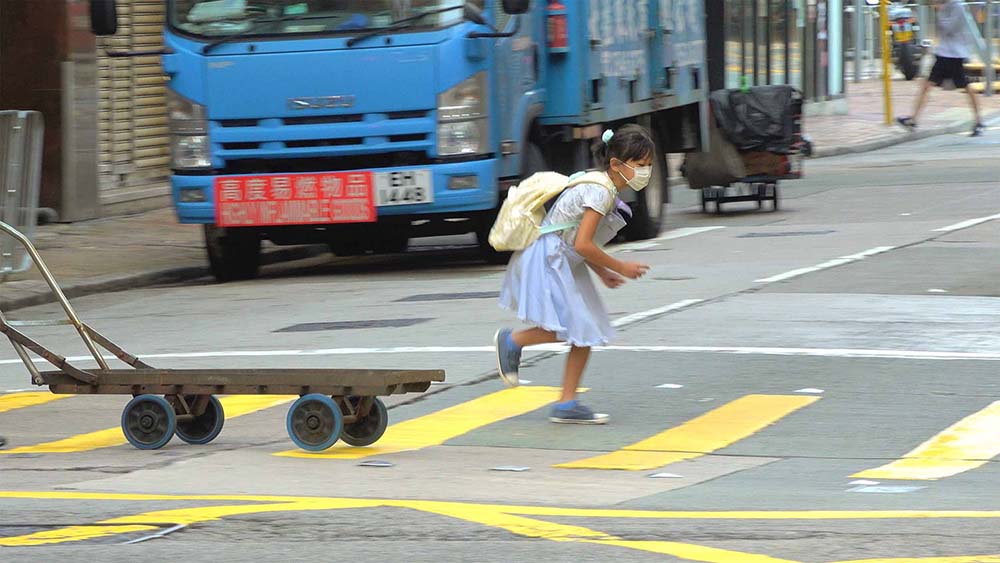
Johan Huizinga, Homo Ludens. A Study of the Play-Element in Culture. (London: Routledge & Kegan Paul Ltd, 1949), 1.
Salen Katie y Eric Zimmerman, Rules of Play – Game Design Fundamentals,(London: The MIT Press, 2004), 93.
Conversation between Francis Alÿs and Cuauhtémoc Medina, August 18, 2019. Quoted from: Francis Alÿs. Children’s games, 1999-2022 (exhibition catalogue) (Mexico City: UNAM-Museo Universitario de Arte Contemporáneo, 2023).
Orthogame is defined as a game of two or more players with rules that result in the ranking or weighting of the participants and is played for entertainment.” Author’s translation. Skaff George, Garfield Richard, et al., c (London: The MIT Press, 2012), 8.
Johan Huizinga, Homo Ludens. A Study of the Play-Element in Culture/em>. (London: Routledge & Kegan Paul Ltd, 1949), 10.
Ibid. , 43.
Ibid. , 28.
Comments
There are no coments available.